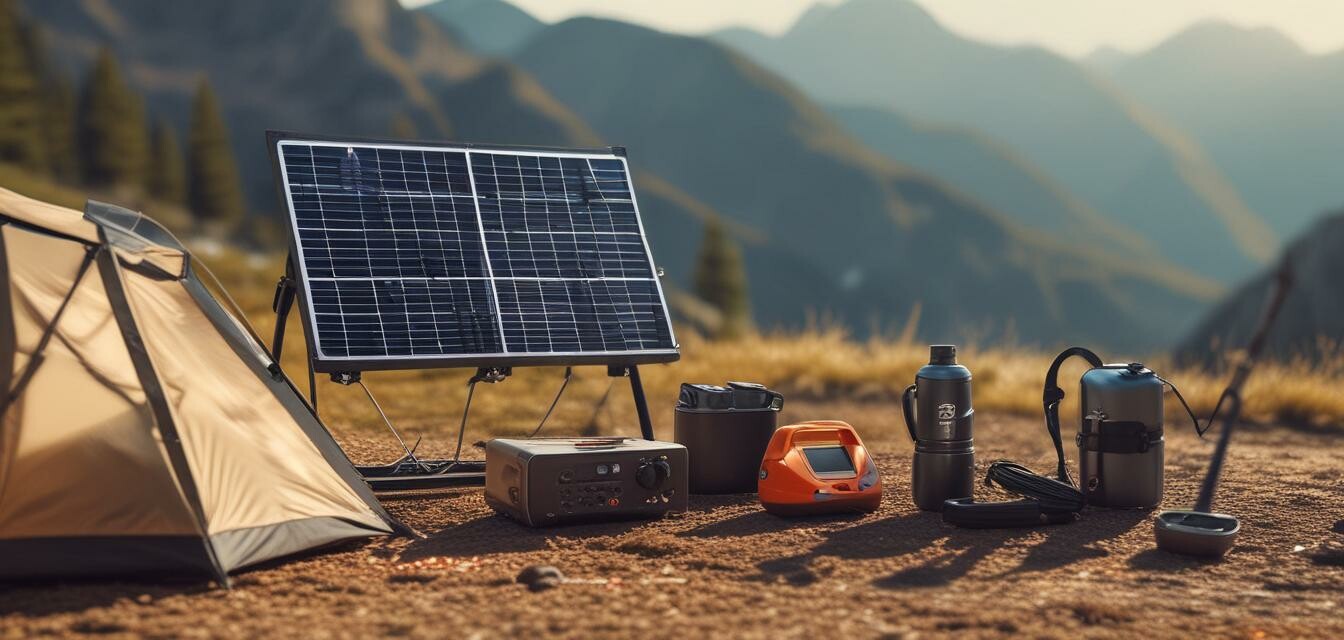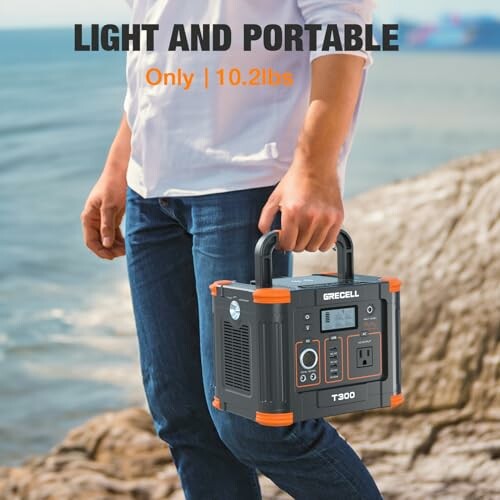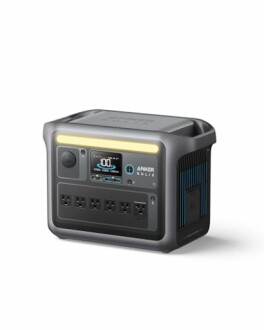
Choosing the Right Solar Charging Kit for You
Key Takeaways
- Understand your power needs for efficiency.
- Assess the portability and weight for easy transport.
- Check compatibility with your devices to avoid inconvenience.
- Consider the durability and weather resistance for outdoor use.
- Explore versatile charging options like USB and AC outputs.
A solar charging kit is an essential addition for anyone looking to make the most out of solar energy, especially during camping trips or in emergency situations. In this guide, we will provide tips and recommendations to help you select the best solar charging kit tailored to your specific needs, focusing on efficiency, portability, and compatibility with devices.
Why You Need a Solar Charging Kit
Solar charging kits help harness the sun's energy for a variety of uses. From charging phones to powering larger devices, they are especially useful for outdoor enthusiasts and in situations without grid power. Here are some reasons to consider a solar charging kit:
- Energy Independence: Never worry about running out of battery.
- Environmentally Friendly: Reduce your carbon footprint by using renewable energy.
- Convenience: Design your setup according to your needs, whether at home or on the go.
Factors to Consider When Choosing a Solar Charging Kit
1. Power Output
First and foremost, you need to assess your power needs. Different kits provide varying outputs. Below is a comparison table of two popular options:
| Feature | GRECELL 300W Power Station | Anker SOLIX C1000 Power Station |
|---|---|---|
| Peak Output | 600W | 2400W |
| Battery Capacity | 288Wh | 1056Wh |
| Charging Time | Varies by method | Full charge in 58 minutes |
| Weight | 4.9 lbs | 15.4 lbs |
2. Portability
If you plan to take your solar charging kit on the go, consider the weight and size. Look for lightweight options that can easily be transported. A good solar charging kit should be compact and comfortable to carry. For example, the GRECELL 300W Power Station is designed to be portable, making it suitable for camping trips.
GRECELL 300W Power Station
A portable power solution with a 288Wh capacity, perfect for dynamic outdoor activities.
Learn More3. Compatibility with Devices
Make sure the solar charging kit is compatible with your devices. Most kits come with multiple USB output options, which allow you to charge multiple devices simultaneously. Check the power rating of the kit to ensure it meets the energy demands of your devices.
4. Durability and Weather Resistance
The best solar chargers are built to withstand the elements. Look for models that offer waterproof and dustproof features, particularly if you plan to use your kit outdoors. A resilient solar charging setup will make sure you have a reliable power source wherever you go.
5. Versatile Charging Options
Besides solar energy, consider options for charging your kit through AC outlets or car chargers. Some kits are specifically designed for versatile charging capabilities, allowing you to harness energy from different sources. For instance, the Anker SOLIX C1000 Power Station supports multiple charging sources, making it an excellent choice for diverse use cases.
Anker SOLIX C1000 Power Station
A reliable power station designed for both home use and outdoor adventures, with fast recharging capabilities.
Learn MoreConclusion
Choosing the right solar charging kit doesn't have to be overwhelming. By factoring in your power needs, portability, compatibility with devices, durability, and versatility in charging, you can find a kit that suits your lifestyle. When choosing between models, consider investing in high-quality options like the GRECELL or Anker solar power stations for enhanced reliability and performance in various situations.
Further Reading
If you're interested in expanding your knowledge on emergency energy solutions, check out some of our related articles:


